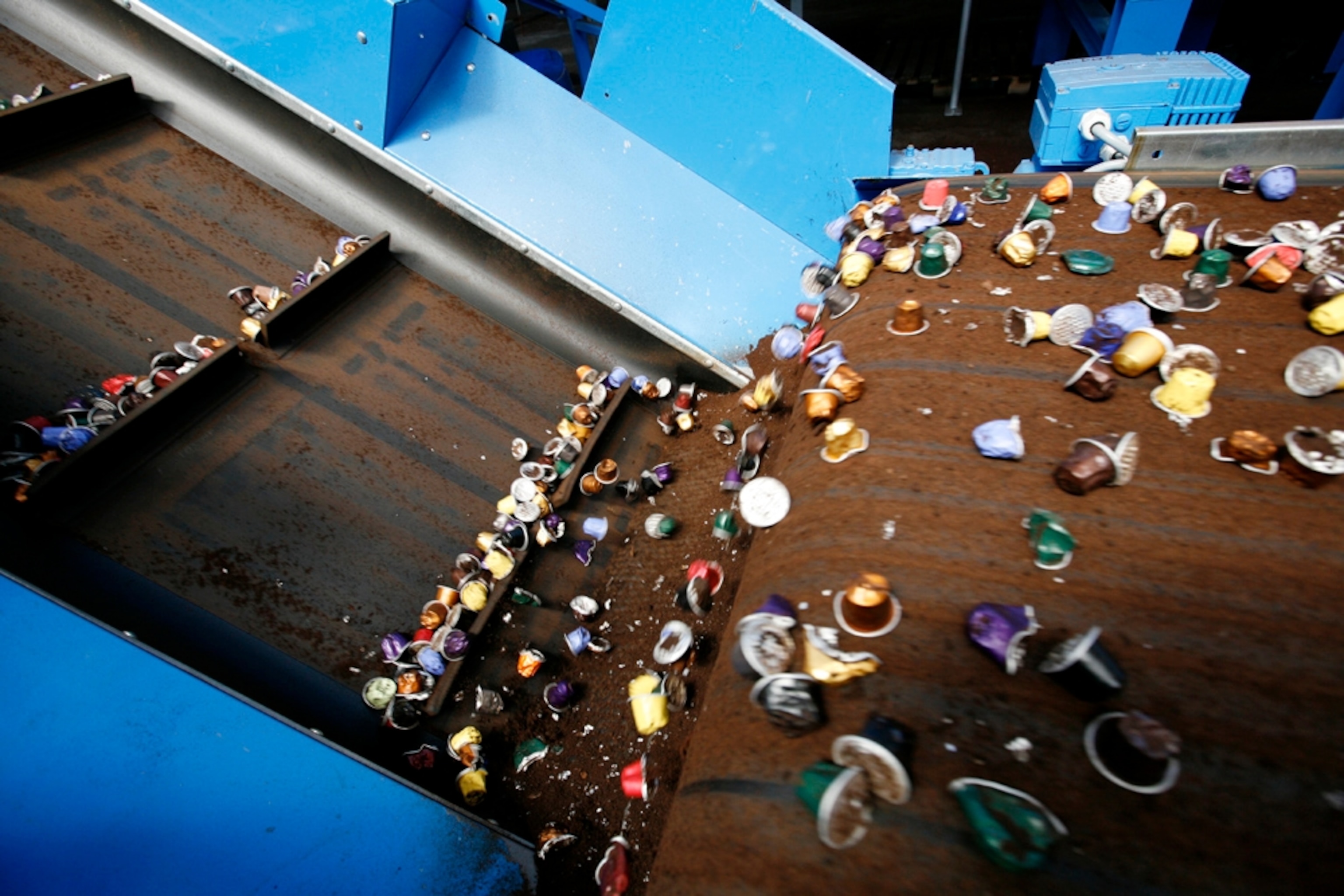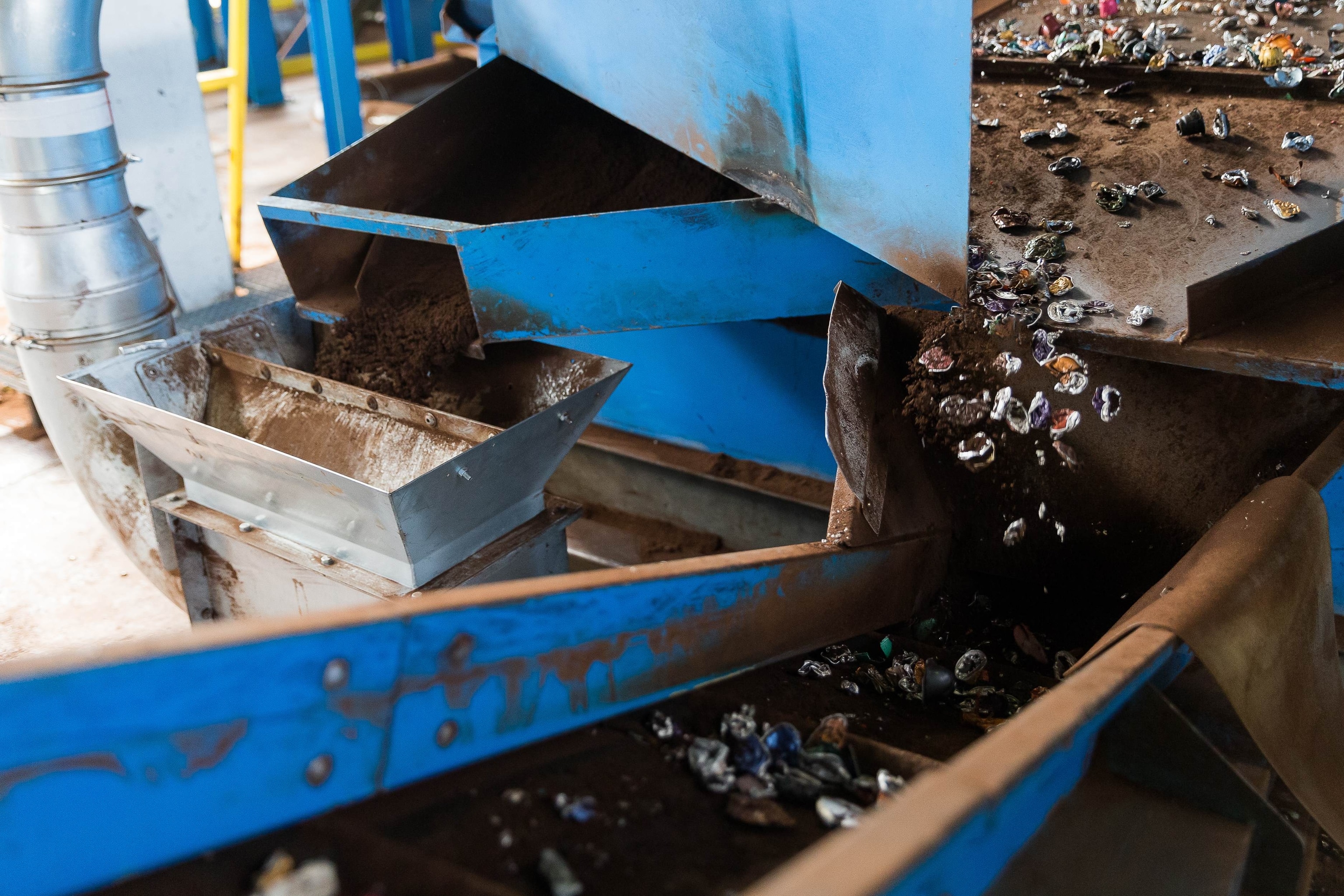How a quest for quality led to a sustainable system
In 1986 Swiss inventor Eric Favre completed his quest to deliver the perfect cup of coffee. He set out to design an espresso machine that would achieve both, convenience and quality.

In 1986 Swiss inventor Eric Favre completed his quest to deliver the perfect cup of coffee. At a time when appliances seemed to focus more on convenience than quality, he set out to design an espresso machine that would achieve both. The Nespresso system that hit the shelves in 1996 represented Favre’s decades-long journey to bring barista-grade coffee into people’s homes through the innovation of a capsule. But the Nespresso story was far from over. In pursuit of a quality coffee, Nespresso found itself wanting to answer another, industry-wide challenge. As our love for coffee grows, so does the commercial responsibility to keep its consumption sustainable.
Our daily cup of coffee comes at a price; the environmental impact of each stage of the supply chain, including farming, milling, roasting, processing/packaging, and transporting. But, the biggest contributors to coffee’s carbon footprint come at the point of consumption— the resources that go into making a cup of coffee and the wastage that occurs while we do it. Small inefficiencies quickly add up: measuring out too many grounds, boiling too much water, not recycling used packaging. And in Favre’s search for a better coffee experience, he hit upon a solution that not only delivered an excellent espresso but also minimized the associated waste.
It all started with that unmistakable coffee smell. Espresso’s intense flavor comes from the rich aroma of the grounds, which rapidly disappears once they’re exposed to the air. With every scoop from an open packet, the quality of the coffee diminishes. To keep the aroma and flavor locked in, Favre had the idea of measuring the exact portion of coffee grounds for one espresso into a sealed aluminum capsule—the iconic Nespresso capsule. This innovation, designed primarily to guarantee freshness, came with some incidental additional benefits.

Firstly, the exact measurement of coffee ensured that there were no wasted grounds. The system also delivered a precise amount of water heated to just the right temperature, reducing wastage on both these fronts. Even the casing proved sustainable. Favre had decided to make his capsules from aluminum because it’s one of the few materials that can lock in the coffee aroma. It’s also infinitely recyclable. To make the most of this environmental advantage, in 1991 Nespresso introduced its capsule recycling program in Switzerland, creating increasing numbers of locations and collection services that consumers could utilize.
By 2000, the system’s rapidly increasing popularity meant that demand for superior coffee threatened to exceed supply. Only a small percentage of all coffee grown meets Nespresso’s standards, and factors like weather and economics in prime growing regions were negatively impacting the beans and those that grew them. With quality coffee at the core of Nespresso’s offering, they set about creating a more sustainable model, launching the AAA Sustainable Quality™ Program in 2003. In partnership with initiatives like The Rainforest Alliance and Fairtrade, the program helps coffee farmers in prime growing regions to produce better beans in a better way, while also improving their quality of life. The AAA program provides these farming families with support ranging from knowledge and training to insurance and pensions, helping them grow more coffee, more sustainably. Today, 94 percent of Nespresso coffee is sourced through the AAA program.
By now, Nespresso was as committed to sustainability as it was to quality, leading to a major push towards a fully sustainable supply chain in 2007. Machines, components, customer habits, and coffee were all scrutinized in the hopes of finding new ways of reducing their environmental impact. The two biggest contributors were found at either end of the chain: in the high demand placed on coffee smallholdings and in wasted electricity when machines were left switched on after use. With the AAA scheme already improving sustainability at source, Nespresso engineers turned to the power problem. They redesigned the next generation of machines to automatically shut off after 30 minutes on standby, significantly reducing the wasted power. The latest models now shut off after three minutes. Taking sustainability even further, Nespresso began partnering with tech innovators to keep developing toward an entirely sustainable coffee machine. New components are continually trialed and implemented, with pumps becoming more robust, heating elements more efficient, and higher percentages of recycled plastic being incorporated into machine casings.

Having successfully sourced coffee more sustainably, Nespresso was inspired to try and do the same with their capsule casings—could they use aluminum with a lower carbon footprint? This proved a surprisingly difficult question to answer as no global standard existed to ensure that sources would meet the level of sustainability required. The answer? Create one.
In association with the International Union for the Conservation of Nature (IUCN), Nespresso examined the market to ascertain where traceability and environmental performance could be guaranteed. Nespresso and the IUCN then worked with civil society groups to create the Aluminum Stewardship Initiative; an independent global body that defined the parameters needed to guarantee the quality of aluminum and its level of sustainability. The ASI now certifies and governs sustainable aluminum suppliers and organizations who meet their standards of a more circular, environmentally conscious way of sourcing, mining and recycling aluminum.
In the thirty-plus years since Eric Favre imagined the perfect cup of coffee, sustainability has become just as much a driving force as quality for Nespresso—the two are now inseparable. The next chapter of their sustainability story is already in the works; the iconic aluminum capsules are ripe for recycling, consumers just need to know how easy it is to do.
Whether dropped off at a Nespresso store or collected from a home or business, the aluminum in capsules can contribute to everything from pens, to bicycles, to more capsules. Even the spent grounds can go into fertilizer or be used to create biogas. The further potential for circularity is huge, and to make that a reality Nespresso is working with national governments to improve the way materials are recycled. The next challenge is making regional infrastructure smart enough to catch each and every capsule; something that will close the circle and prove a major milestone not only for coffee lovers, but for everyone else as well.








